14 Birds That Look Like Robins (With Pictures)
Last Updated on
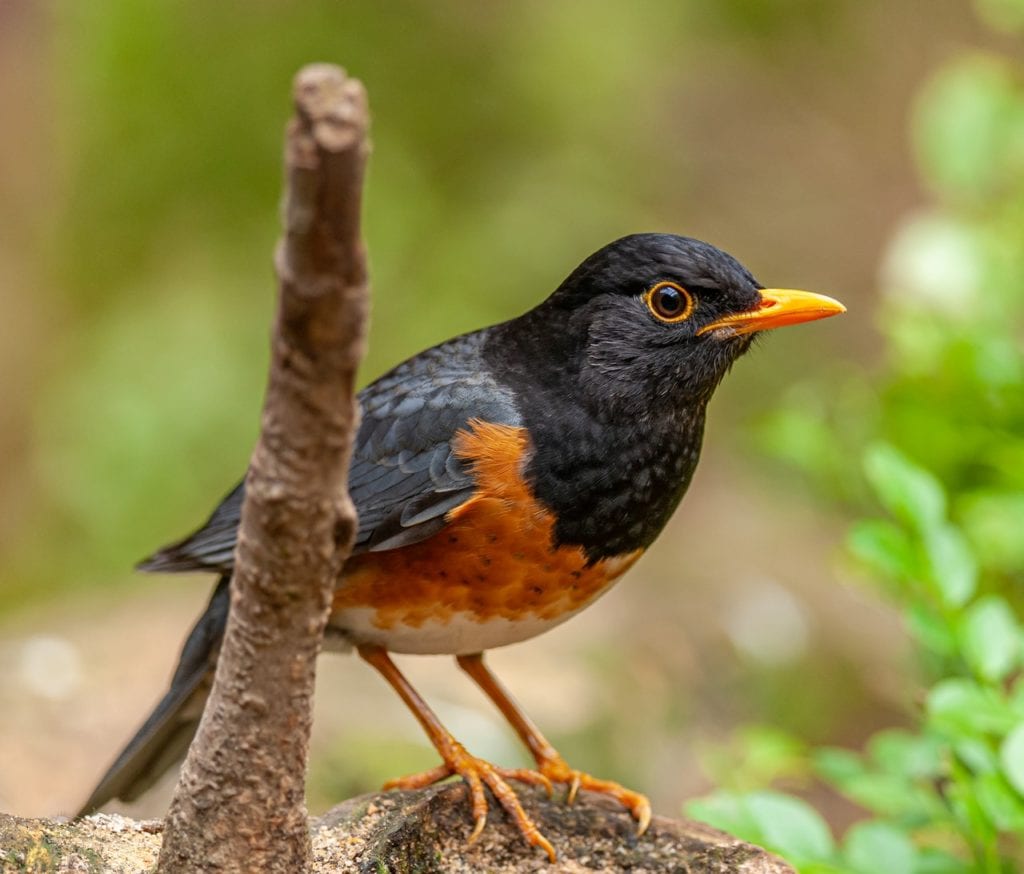
The Robin is a familiar sight in many parts of the world. This small songbird is a common sight in gardens, parks, and other open spaces. Robins are noted for their cheerful songs and friendly behavior and are popular with birdwatchers and other nature enthusiasts. These birds are usually easy to identify thanks to their characteristic redbreast. However, there are a few species of bird that can cause confusion for birders.
Birds that look like Robins are widespread around the world and if you’re not careful, you might mistake one of these birds for a Robin. Here, we’ll list a few of these birds and discuss how to tell them apart based on their noticeable differences. Let’s learn more about them.

The 14 Types of Bird That Look Like Robins
1. Black-headed Grosbeak

The Black-headed Grosbeak is a passerine bird found in North America, typically in open woodlands and shrubby areas. The male has a striking orange body, black head and wings, and white patches on the tips of his wings while the female is mainly brown with some white markings on her wings. These birds are about 8 inches long and weigh about 2 ounces. They feed on insects, seeds, and fruit.
2. Red-breasted Nuthatch
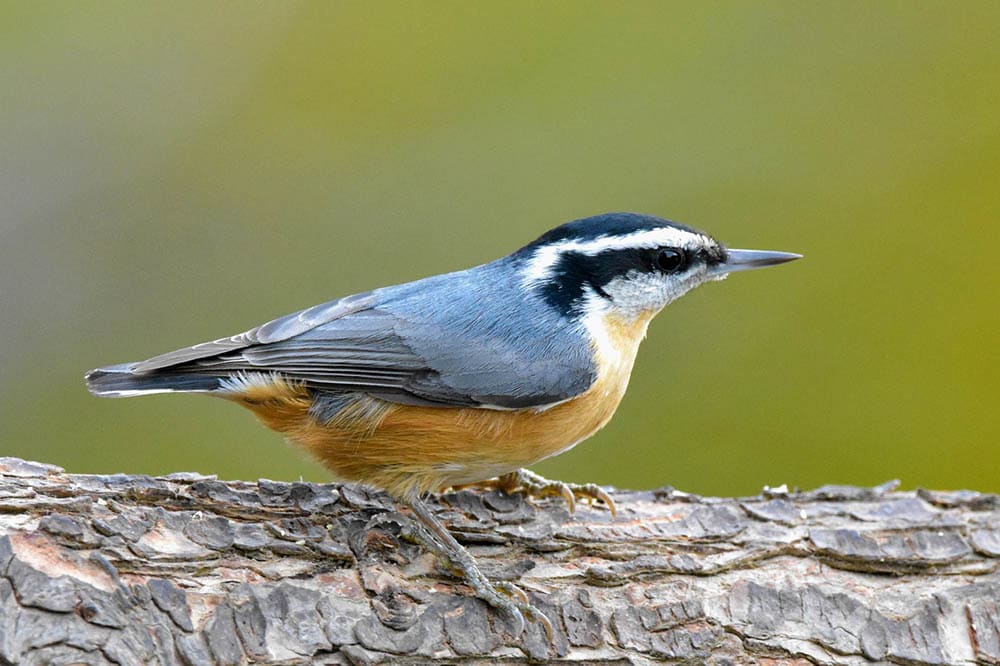
Blue-gray with a black cap and red underpants, the Red-Breasted Nuthatch is smaller than a Robin, almost the size of a sparrow, or perhaps even smaller. You may mistake this bird for a paler Robin from a distance, but its quick and sudden movements make it easy to spot. A Red-Breasted Nuthatch moves quickly from branch to branch, probing for insects under bark flakes. It feeds primarily on beetles, caterpillars, and ants.
3. Spotted Towhee

The Spotted Towhee is a North American bird that is easily confused with the Robin. The Towhee has red coloring on its chest, which is similar to the Robin’s coloration. The Spotted Towhee’s red coloring is used as a form of camouflage, as the bird spends a lot of time on the ground foraging for food. The bird’s diet consists mainly of insects, but it will also eat seeds and berries.
4. Varied Thrush
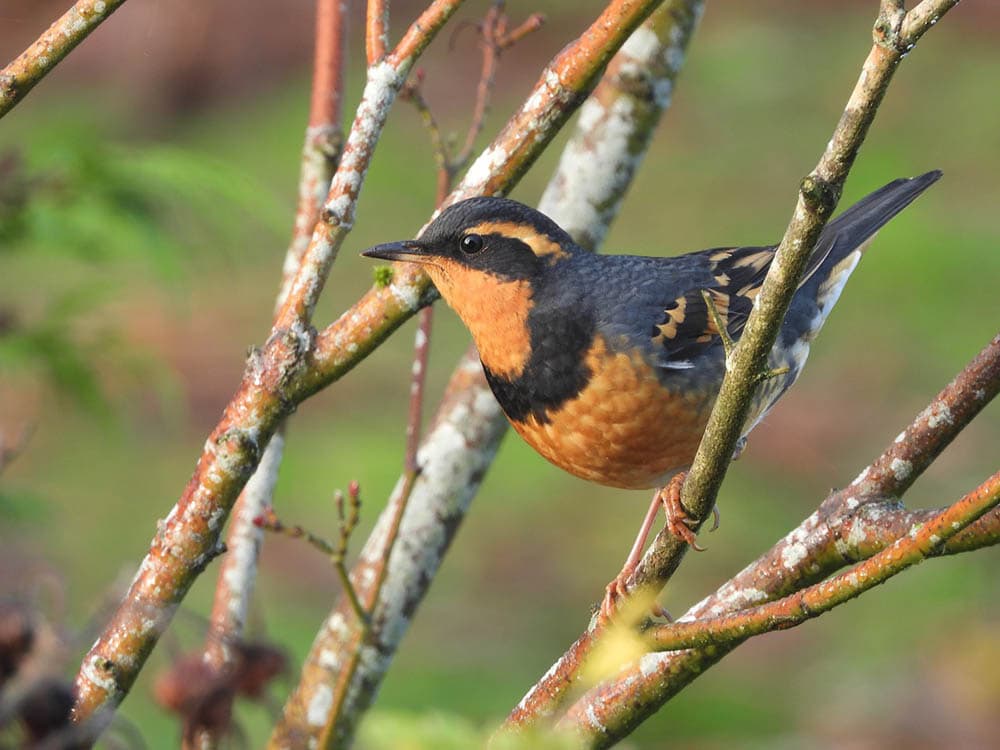
Due to its plumage color, many people mistake it for a Robin, despite having a different pattern. It’s dark gray with a bright orange below and a black breast band. The wings are black with orange tips and bars. The female birds are paler and browner. Most of the time, the Varied Thrush hops on the ground and perches on lower shrubs. Its diet changes with the seasons.
5. Common Redstart

The Common Redstart is a small perching bird that is related to flycatchers. It has a distinctive reddish-brown coloration and black throat and face and is a shy bird that prefers to stay hidden in dense vegetation, but it can often be seen flitting about in open areas. The Common Redstart is most easily identified by its song, which is a series of high-pitched notes.
6. Baltimore Oriole

The Baltimore Oriole is a North American bird that is related to the Robin. They are both in the family of birds known as Turdidae, and they share similar features like a reddish-orange coloration on their head and chest. Orioles are named after the city of Baltimore, Maryland, where they were first observed by Europeans. These birds are typically about 8–9 inches in length and can be found in open woodlands, orchards, and parks.
7. American Redstart

The American Redstart is a migratory bird that is found in eastern North America. It is a small songbird that has a reddish-brown body and black wings and tail. The Redstart is very similar in appearance to the American Robin, and the two species can be difficult to tell apart. The Redstart is a shy bird that tends to stay hidden in the trees, while the Robin is a more aggressive bird that often feeds on the ground.
8. Eastern Towhee

The Eastern Towhee is a songbird that is found in eastern North America. They are typically seen in the dense understory of woodlands and thickets. They are ground foragers and eat insects, seeds, and fruit. Eastern Towhees are strikingly similar in appearance to the American Robin, with reddish-brown upperparts and a white belly. They get their name from their habit of “towing” leaves and small sticks around in the grass with their beaks.
9. Orchard Oriole
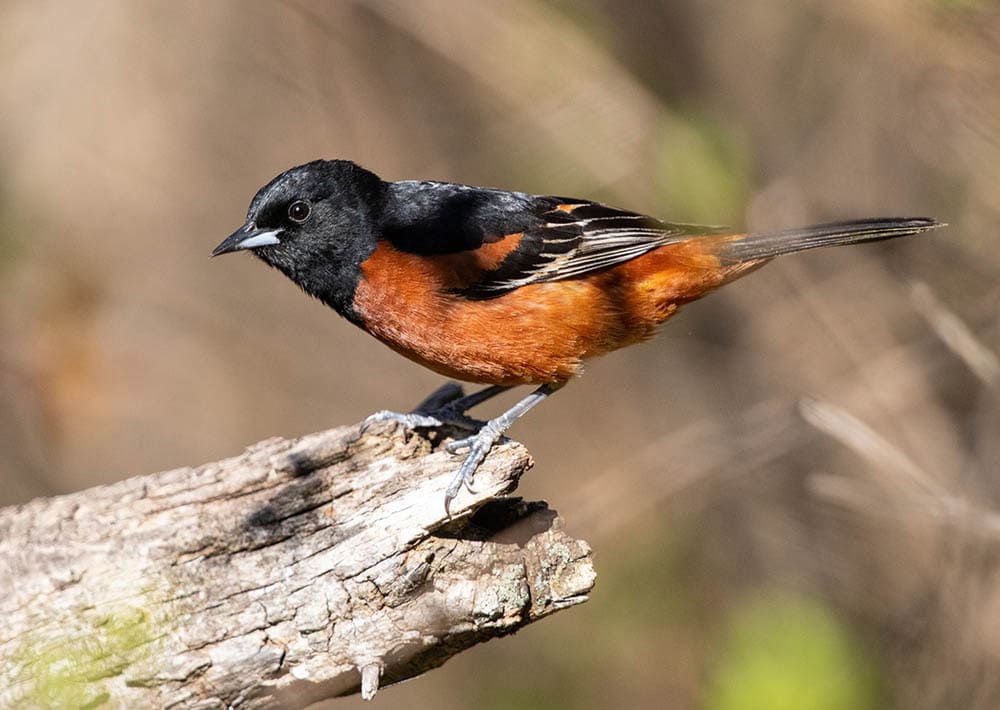
Orchard Orioles are strikingly similar in appearance to Robins, with orange and black plumage and a characteristic white eye-ring. They are slightly smaller, however, and can be distinguished by their shorter, more curved bill. These birds inhabit open woodlands and orchards, where they feed on insects and fruit.
10. Red-winged Blackbird
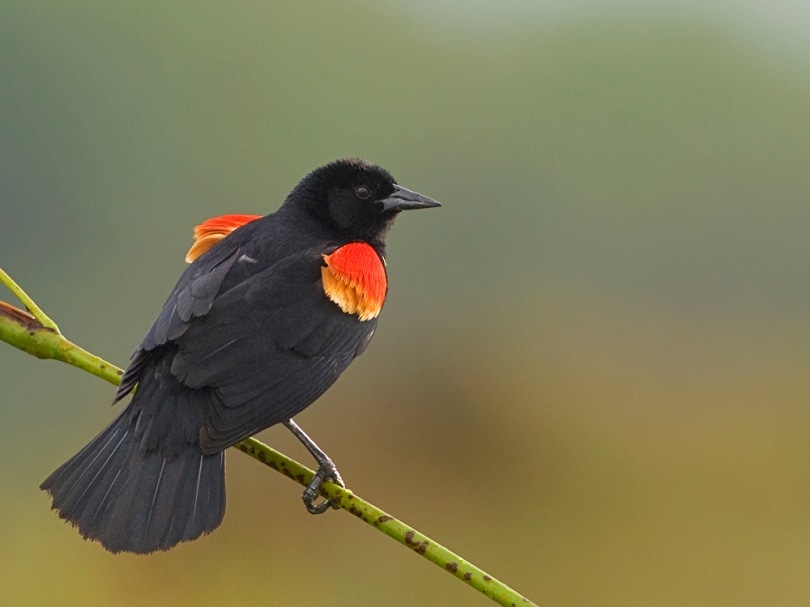
The Red-Winged Blackbird is a passerine bird that is found in North America. It has black plumage and red wing markings. The Red-Winged Blackbird is similar in appearance to the Robin and is often mistaken for one. The two species can be differentiated by their size—the Robin is larger than the Red-Winged Blackbird. The Red-Winged Blackbird also has a shorter tail and a thicker bill than the Robin.
11. Blackburnian Warbler

The Blackburnian Warbler is a small songbird that has a reddish-orange throat and chest. It is easy to confuse it with the American Robin, which has similar coloring. However, the Blackburnian Warbler has a thin black stripe that runs from its eyes to its throat, while the Robin does not. These birds are insectivores, meaning they eat mainly insects and can be found in wooded areas across eastern North America.
12. Rose-breasted Grosbeak

The Rose-breasted Grosbeak is a bird that is found in North America. They are typically around 9 inches in length and have a wingspan of around 16 inches. They are a brownish color with a white underside and have a black head and neck. They have a bright red breast and a patch of white on their wings. They feed on insects, fruit, and seeds.
13. Painted Redstart
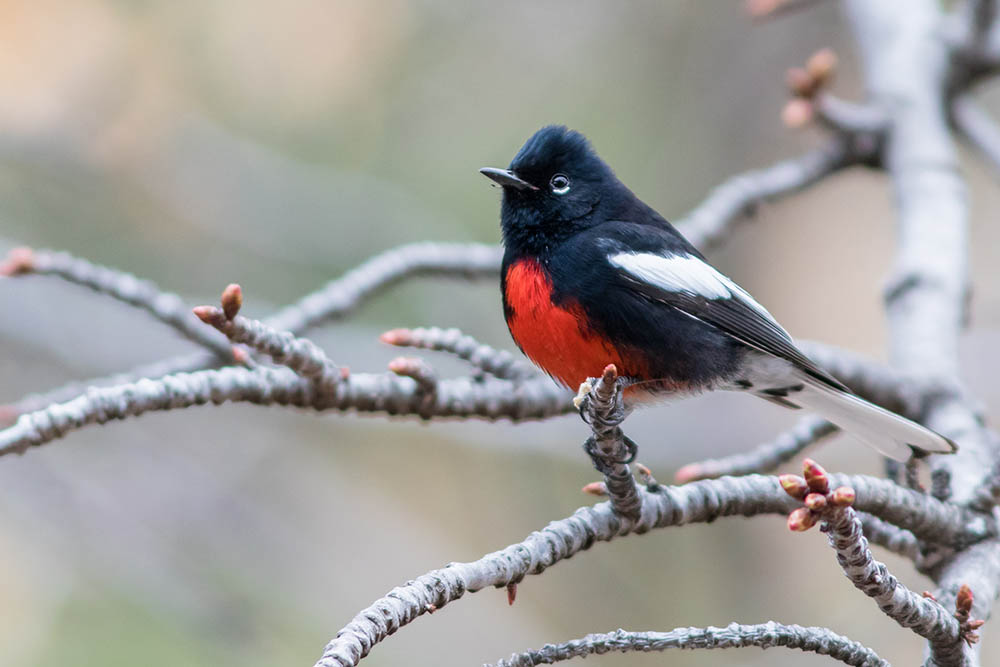
The Painted Redstart is a perching bird that is found in North America. It is a small bird with a long tail, and it is distinguished by its bright red coloration. The Painted Redstart breeds in forested areas across the continent. This species is omnivorous, and it feeds on a variety of insects and other small animals.
14. Vermillion Flycatcher

During the winter, Vermilion Flycatchers live in the southern United States, Mexico, Central America, and northwestern South America. They measure 5.1 to 5.5 inches long, and the males have spiky heads. Like other Flycatchers, they hunt insects in midair and eat mostly flies, grasshoppers, beetles, and bees.
The other half of their name refers to their bright vermilion plumage. Males have red crowns, necks, chests, and underparts while their backs and wings are brownish grays. However, the females don’t have red feathers and look rather unremarkable, so they’re hard to identify.
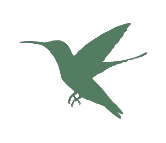
Are There Different Types of Robins?
There are many different types of Robins, most of which are classified in the genus Erithacus. Some of the more well-known species include the European Robin (E. rubecula), the American Robin (Turdus migratorius), and the Japanese Robin (Luscinia pectoralis). While they all belong to the same family, Muscicapidae, these three species can be distinguished by their different plumage colors and songs.
What Does a European Robin Look Like?
European Robins are typically 5–5.5 inches long, have an orange breast and face lined with greyish-brown upperparts, a white belly, and have thin, pointed beaks. They are very similar in appearance to the American Robin but can be distinguished by their slightly paler coloring and smaller size. They are found in Europe, North Africa, and western Asia.
Does a Thrush Look Like a Robin?
Both Thrushes and Robins are typically small to medium-sized songbirds, with compact builds and rounded heads. They both have brown upperparts and lighter underparts. In general, Thrushes are typically larger than Robins, with longer tails and more subdued coloring. Their beaks can also be quite different in shape, with Thrushes having wider, pointed beaks while Robins have shorter, curved beaks.
Which Bird Looks Like a Fat Robin?
The bird that appears to be heavier than the Robin is likely a Varied Thrush. The Thrush has a stockier build and appears to be more muscular than the slender Robin. The Robin’s coloring is also more muted, while the Thrush is boldly patterned with black, white, and rust-colored markings.
Related Read: 10 Birds That Look Like Eagles (With Pictures)
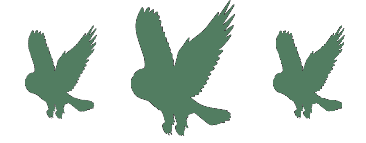
Conclusion
There are many birds that look like Robins. While most of these birds are not as common as the American Robin, they are still worth taking a look at. If you’re lucky, you may be able to see one of these birds in your backyard or at a nearby park. So next time you’re out birding, keep your eyes peeled for some of these look-alikes.
Featured Image Credit: Petr Ganaj, Pexels
About the Author Robert Sparks
Robert’s obsession with all things optical started early in life, when his optician father would bring home prototypes for Robert to play with. Nowadays, Robert is dedicated to helping others find the right optics for their needs. His hobbies include astronomy, astrophysics, and model building. Originally from Newark, NJ, he resides in Santa Fe, New Mexico, where the nighttime skies are filled with glittering stars.
Related Articles:
Monocular vs Telescope: Differences Explained (With Pictures)
10 Types of Hummingbirds in Arkansas (With Pictures)
8 Types of Hummingbirds in Nebraska (With Pictures)
5 Types of Hummingbirds in Idaho (With Pictures)
3 Types of Hummingbirds in Mississippi (With Pictures)
8 Types of Hummingbirds in Kansas (With Pictures)
5 Types of Hummingbirds in West Virginia (With Pictures)
5 Types of Hummingbirds in Ohio (With Pictures)
